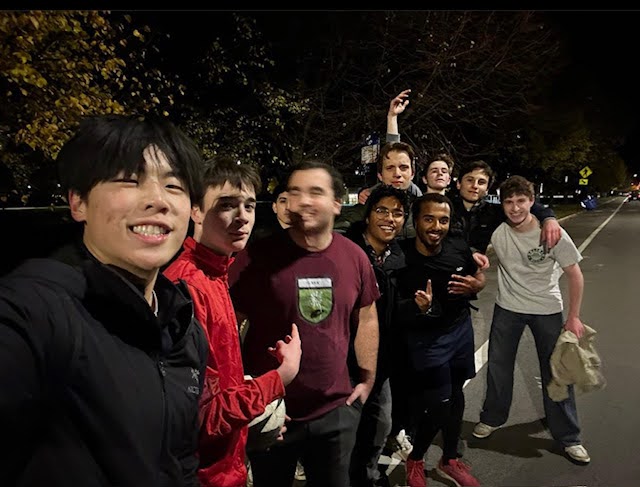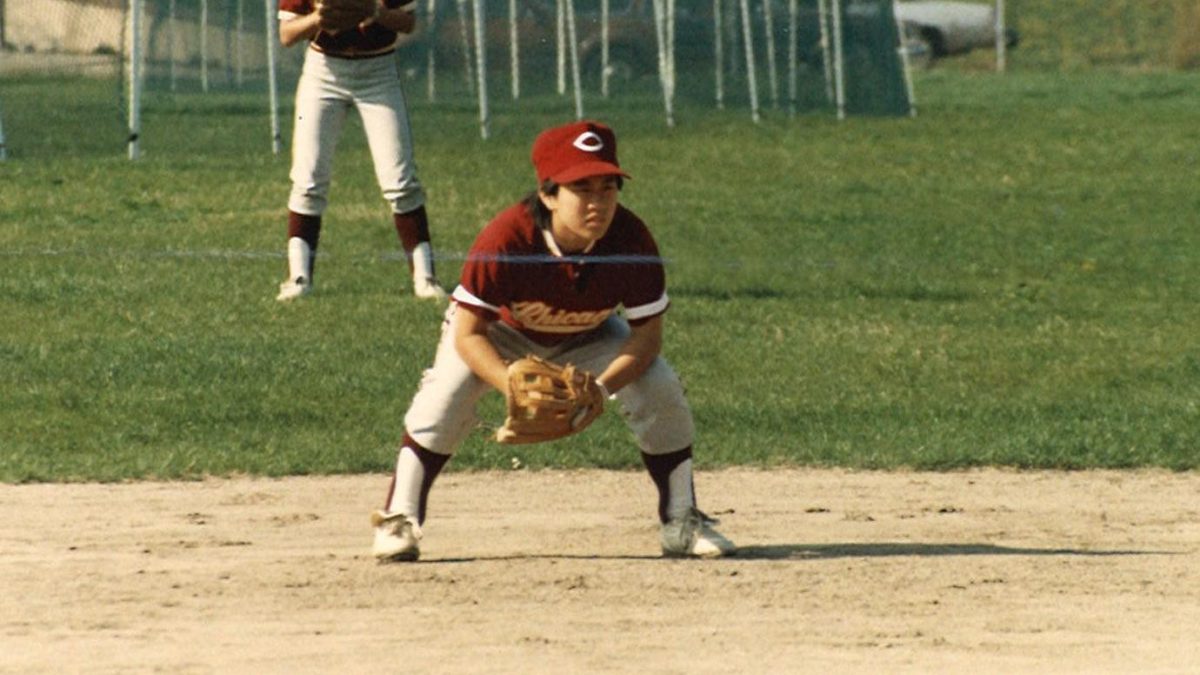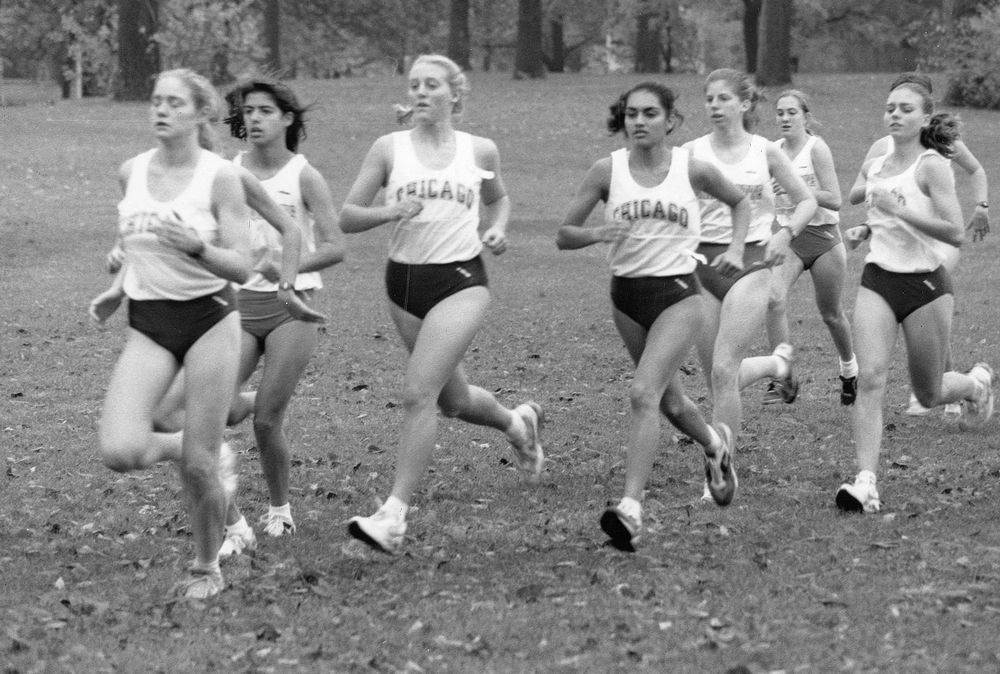Most of the time fourth-year power forward Clay Carmody manned the post, defenders were left helpless trying to contain the big man’s unmatched touch and range. But just as a bout with mono threatened to keep him grounded, it was improvements in his secondary abilities that elevated his game.
That sickness came right as Carmody was in the midst of the best first half of his career. His last performance before his six-week stint on the disabled list was a 24 point (10-of-11 shooting), seven-rebound, and four-block master class against Kalamazoo December 10, 2005. It marked the 10th time in 18 games that he led Chicago in scoring and the sixth time in that span that he was most prolific on the boards.
But more than anything, that stretch showed just how multi-dimensional Carmody had become. At 6-foot-7 and with a guard’s shot, he had always been a dangerous offensive weapon but one that some of the bigger UAA posts could push around. Once he started to step up his effort and improve his on-floor mentality, he became a player who could take control of a game on his own. And he more often than not did just that.
“I feel that I came to be a much more complete player than I had been in the past, as someone who can score and, as of this year, defend,” Carmody said. “There were no new moves that I walked away with, or any other technical aspects of the game. I did, however, learn to ‘push myself’ as [head coach Mike McGrath] would say. My conditioning has always been my limiting factor, but here I was taught to play harder than I used to. Coach helped me see that there is always another level to which I can push myself.”
“Without question Clay is the best athlete on our team in terms of being physically gifted,” third-year shooting guard Jesse Meyer said. “Anywhere from 15 feet in he was very difficult to stop because of his jumper and because he could jump out of the gym. It sounds stupid, but he just jumped over people even if people cut him off. He could always get it off.”
Though that improvement seemed to appear almost overnight during the late-January east coast swing last year, the actual work was much more incremental. He began using his jumping ability to polish glass and get a hand in on every layup and short jumper. There were also more subtle changes, like taking care of the ball. His turnover rate dropped from 2.8 to 2.4 his second and third years to an impressive 1.4 per 40 minutes in his final season, and his reliability and consistency went up with it. On a team that played its best when it was using its deep wealth of talent, Carmody was still its go-to weapon.
“It was a gradual development over the four years,” said McGrath. “There may have been the point where it showed up the most on the floor, but Clay every year had the tendency to come on strong in the second half when his stamina would increase. He probably would have too this year.”
That rhythm was quickly disrupted when he came down with mono this year, though the big man quickly got back into game shape and eventually worked his minutes back into the mid-20 range.
In some ways, his absence may have helped his team truly reach its potential, as it went 4–2 over an inconsistent six weeks but also came to realize all of its weapons. Meanwhile, his numbers dropped only slightly: His points per 40 minutes went from 20.7 to 18.6 and his boards rate dropped from 10.7 to 9.0. The question isn’t so much, “How did he do?” but “How could he have done?” according to McGrath, who expected him to be at the head of the UAA were it not for the illness.
“I basically fell back to nothing and lost all of what I had built,” Carmody said. “Fortunately for Chicago, Clay Carmody was already 150 percent man, so I kind of had a head start in rebuilding.”
No matter if he was at 150 or 100 percent, Carmody’s consistency and presence inside opened up the outside game for the team’s guards, Meyer and third-year point guard Brandon Woodhead. Going inside-out, if anybody ever turned their back off Meyer to pick up Carmody, he would take advantage and send it out to his two-guard. Then the passing would go the other way, and the big man’s explosiveness would often generate an easy two points somewhere along the edge of the block.
Just as a shooter’s touch takes a good sense of timing, Carmody was perhaps the most enjoyable player off the court for the Maroons with his sense of humor. His teammates and his coaches all are quick to point out that he’s one of the funniest guys they’ve been around, and he grew into his role as a light-hearted but determined leader by his fourth year. It was a role easy for him to embrace.
“Off the court I think I was only kept around to help lighten the mood and make fun of [assistant coach] Rusty [White],” Carmody said.
“You’re not going to find a kid who doesn’t like Clay. He’s hilarious,” Meyer said. “Outstanding teammate, always kept it light. But senior year he especially started speaking out verbally. He really embraced his senior year and wanted to win. A wonderful teammate because of the humor he brought.
“And he could play as well.”







